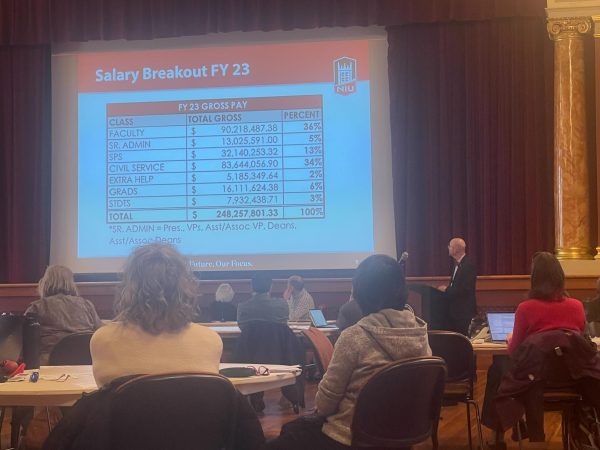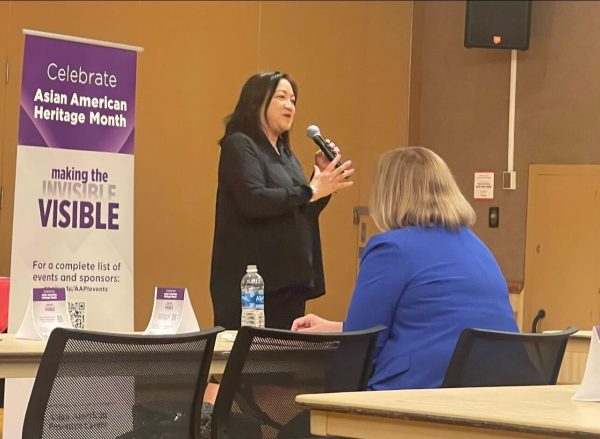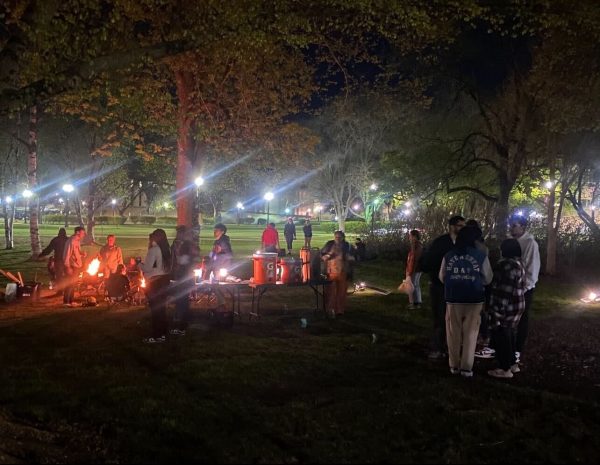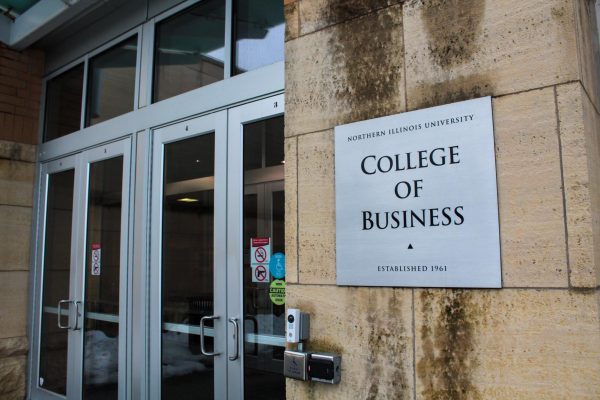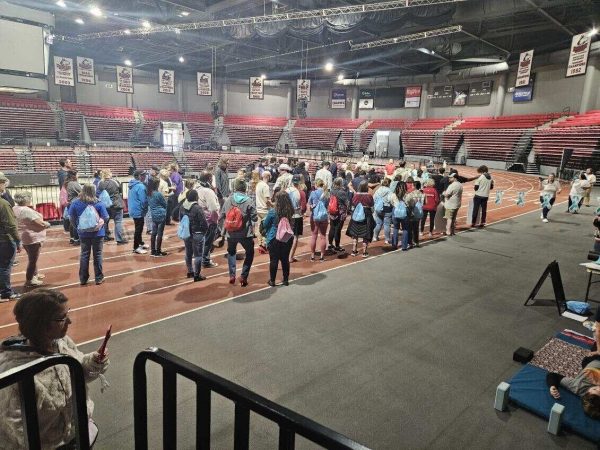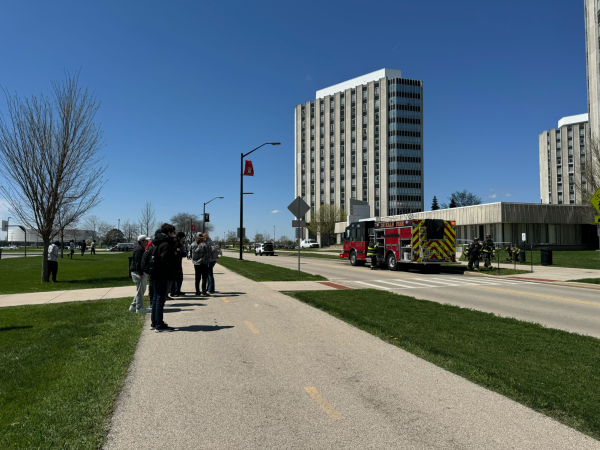Repurposing: Saving the planet and student wallets
August 29, 2016
DeKALB | Stepping into Jessica McKay’s office, the space is full of mason jars full of rocks, old maps and the notion that everything can be repurposed. Her passion for the environment and eco-friendly choices is what pushed her to become the director of environmental affairs for the Student Association.
However, this wasn’t always the case. McKay, senior geology and environmental geosciences major, spent about $700 on furnishings and living materials when she first went away to college; a hefty fee but one that falls below the $863 national average, according to the National Retail Federation’s annual report.
“My first year, I definitely went a little crazy,” McKay said. “I bought new everything. I thought that was necessary; I thought that’s what everyone was going to do.”
Since her freshman year, McKay’s decorating tactics have evolved. She has found ways to donate, share and repurpose old materials in order to do her part in saving both the planet and her wallet.
Dan Phillips, owner of The Phoenix Commotion, is implementing similar ideas for his Texas building company that specializes in creating homes and structures out of reclaimed materials. As someone who works on furnishing living spaces, he has many ideas that can help college students.
Taking things like plastic shopping bags and weaving them into rugs, making decorative posters out of old magazines and even using socks and other materials as decorative ceiling garnishes instead of throwing the items away is a beneficial alternative that can save a lot of money, Phillips said.
“All you have to do is start dividing,” Phillips said. “And you can see that you can reclaim materials very quickly.”
When products are not reclaimed and repurposed and instead thrown away, the product’s embodied energy is also thrown away. The embodied energy of a product is the amount of labor and energy it took to create said product, Phillips said.
“Every time you buy something new, those materials are virgin materials,” said Melissa Burlingame, chair of the NIU Green Team. “Whenever you’re buying new, there’s more embodied energy in that new item as opposed to buying something used or repurposing something you already have.”
Burlingame practices what she says. In her office, she showed off a keychain made from old T-shirts, as well as a flower décor piece made from a water bottle and paint.
Burlingame said simple things like this can help decrease the amount of materials filling landfills.
Students can become inspired by websites like Etsy and Pinterest to make repurposed and durable furnishings for their residence halls and apartments. Burlingame also recommended the magazine Real Simple as a way for students to find inspiration to make new use out of old products.
All it takes is to change the mindset that “used is icky,” Phillips said, to begin making a difference.




